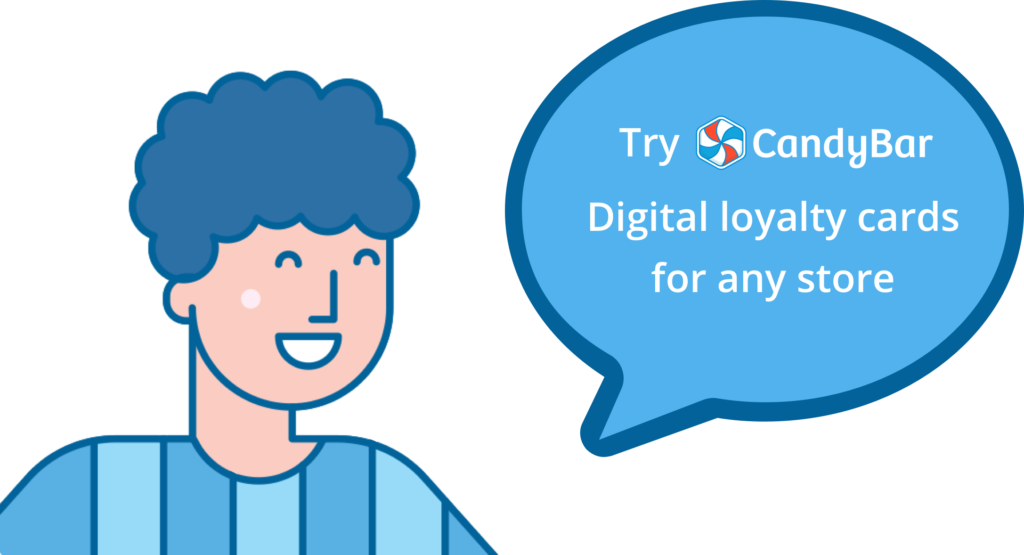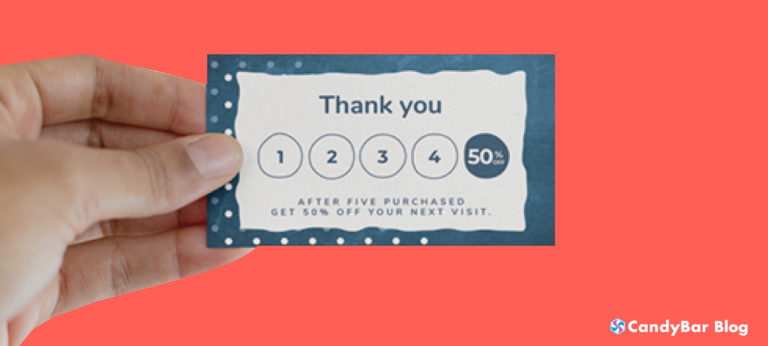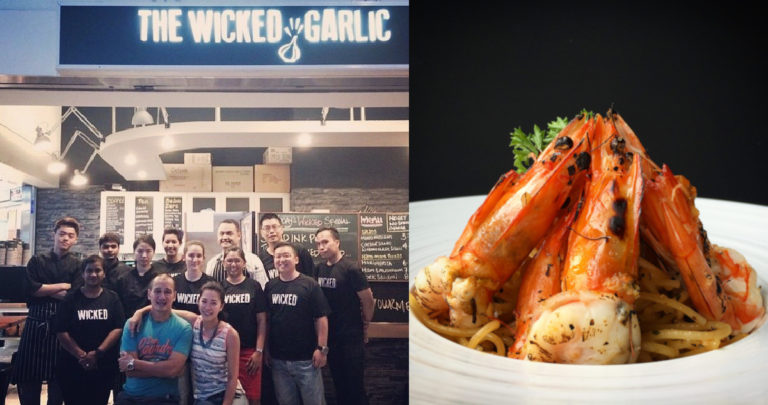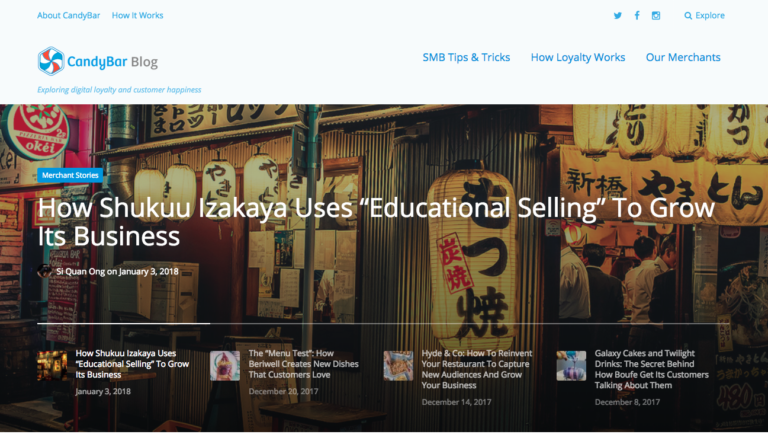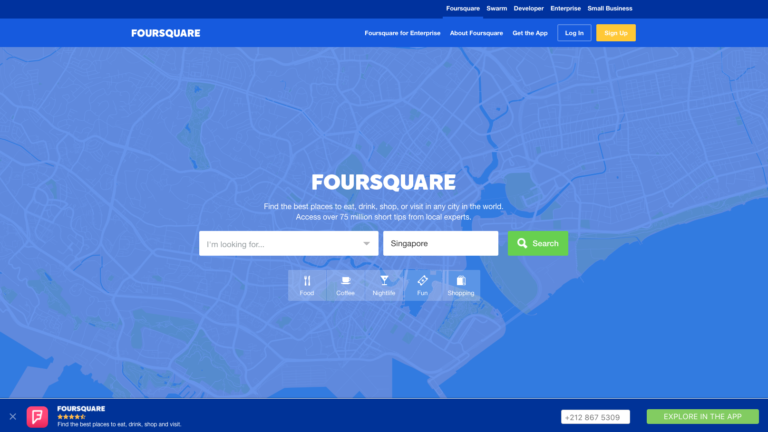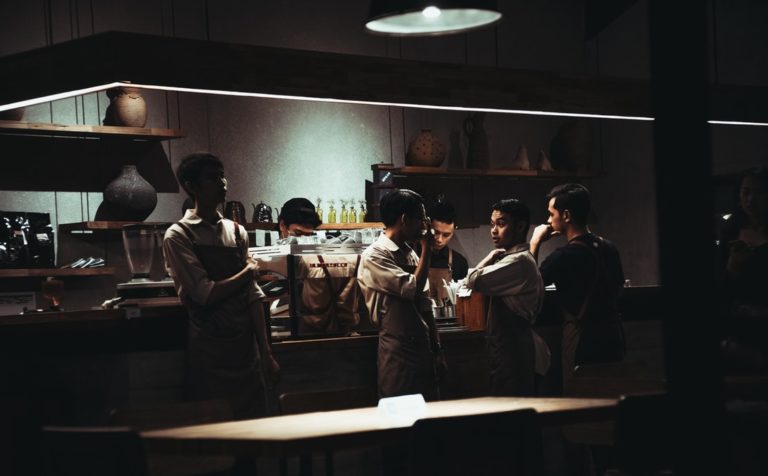6 Tips On Navigating Customer Recovery For Your Restaurant
As with any business, mistakes are bound to happen.
A frantic lunch slam could result in a careless team member assembling the wrong order, and that wrong order would then be sent on delivery to a hungry customer, who would in turn be upset at having waited an hour for their food – only to have something they didn’t want, delivered to them.
Such mistakes are aplenty and part and parcel of running a business, no matter how airtight you keep your standard operating procedures. As long as there’s a human element involved in the process – there’s always a chance for error.
When that happens, all you can really do is stay calm, and provide the best customer recovery possible in order not to mar your brand image or lose a potential returning customer.
Lead Time Matters
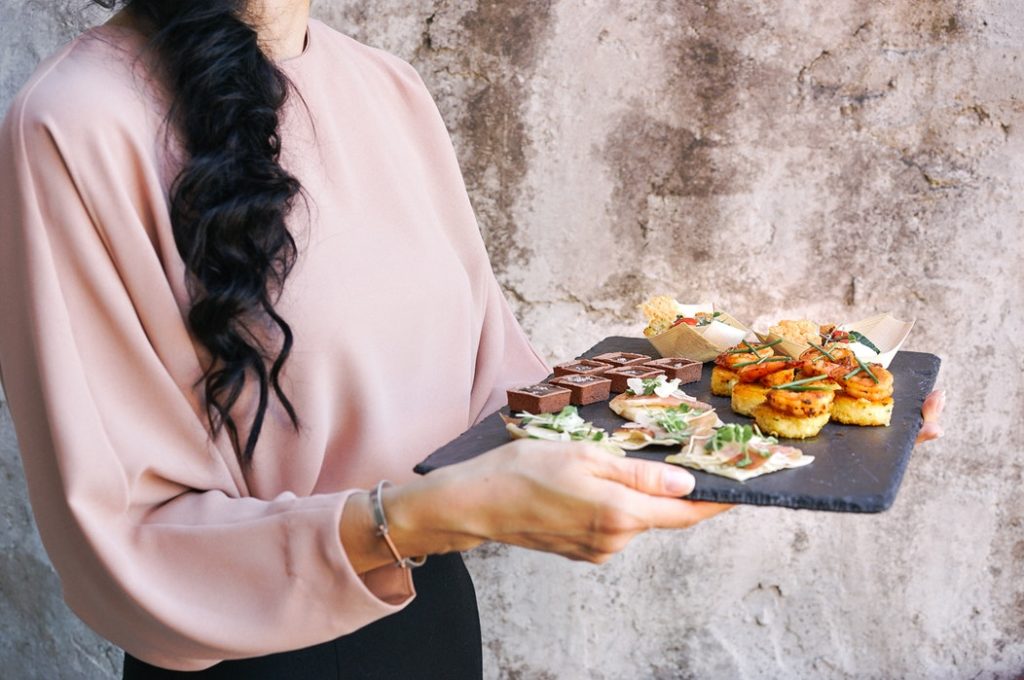
Put yourself in your customer’s shoes. Say if you’re already starving and had just received an order that included nuts, (which you’re deathly allergic to)… Wouldn’t you be just that bit more agitated?
A quick response time always matters because in a customer’s mind, it shows that someone is ready at hand to help remedy any bad situation. After all, there’s hardly any point in trying to fix a 10-hour-old meal order that went wrong is there?
“Sorry” Doesn’t Hurt
Always apologise first.
It’s the same theory in which if you as a person, did something that pissed someone else off. A simple “sorry” helps calm and set the tone for your customer recovery, and sometimes that’s all the customer really wants to hear.
An apology means that your brand always puts the customer experience first (no matter how ridiculous the complaint may be), and are willing to acknowledge that you’ve fallen short of whatever standard the customer may have held you to.
Get A 360 On Their Experience
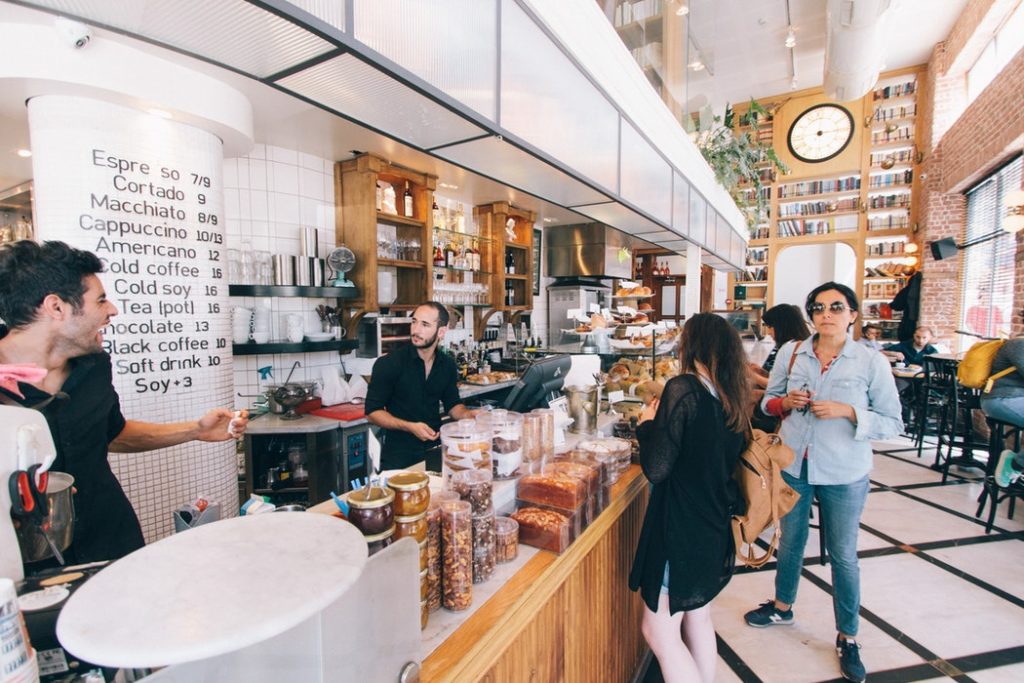
After the apology, you can get straight into finding out exactly where and what went wrong.
Find the root of the problem that is making the customer upset, and hone in on the details surrounding it as well. The worst thing you can do is to get defensive, especially on the side that deems it to be “not our fault”.
Your customer didn’t spend the time and effort to drop you a Facebook message telling you that they had a stomachache an hour after consuming your food, to hear you say, “Are you sure it’s our food? Because we haven’t gotten any complaints like that before.”
Do that, and you’ve just executed a surefire methodology to lose that customer forever. Doubting or questioning your customer in their unsatisfactory experience is a no-no. If you have to do so in order to find out more details about their situation, do it gently.
In a potential food poisoning incident for example, do go so far as to acknowledge that it could very well be your fault, but that you would like to find out more details about the entire situation so as to help them (and your team) pin point where it all went wrong, and rectify it so it never happens again.
Customers will appreciate the length to which you’re paying attention to them and getting in-depth details to fix the situation.
Suss Out Expectations
By now, you should have gotten a sense of what exactly your unhappy customer is looking for. Some customers (especially loyal regulars) are simply looking for acknowledgement and an apology, and hoping you would improve on your flaws so they get an improved experience the next time round. Some customers look for some form of compensation from the brand, and this is when you can offer anything ranging from discounts off their next dine-in meal to full refunds off their previous unpleasant experience with you.
Find out what they’re looking for, and seek to meet these expectations.
If you get a nasty customer who just wants to rant, make you feel terrible and state that they’re never coming back – apologise and ask if there’s anything you can do for them, and if there isn’t, then leave them be.
Take it as a learning curve on tightening your operating procedures so you don’t create situations as such that will upset other customers in the future.
Meet And Exceed

Customers are discerning, and can tell if you’re being sincere or just fobbing them off with excuses. That’s also why you should never use template replies to respond to complaints. Talk to them professionally, but with a human, personable touch. Do your best to rectify the situation they’re in, and then exceed their expectations for recovery where possible.
As an F&B operator, I’ve found that it never hurts to be generous in customer recovery. We have offered varying means of compensation for unhappy customers before, and half of them actually decline it with a good amount of appreciation.
These customers, we’ve learnt, just want the restaurant to know where they’ve gone wrong, so they can improve on it because they want to come back to patronise your restaurant again.
While unfortunate that it’s rising out of a complaint, these situations are great in a way because it shows you’ve managed to build a strong level of customer loyalty right there, and the ball is in your court to make sure you continuously make amazing experiences for them to keep coming back.
Learn & Move On
There’s no point in doing all of the above if you don’t take active steps to change your operations so you’re preventing a potential repeat of the said unpleasant customer experience.
The best thing you can do for your restaurant is to continually acknowledge mistakes, learn from them and move on.
This way, you’re listening to your customers and building a better brand and restaurant based on real-time, real-life feedback that you may not have gotten if you chose to do things your way, and your way only.
Customer recovery is a great way to foster strong, personal touches between brand and customer – even if it’s out of an initially negative situation. Use it as one of your strongest tools for growth and you might be surprised at how much evolving your brand can do, to be the best version it can be.

